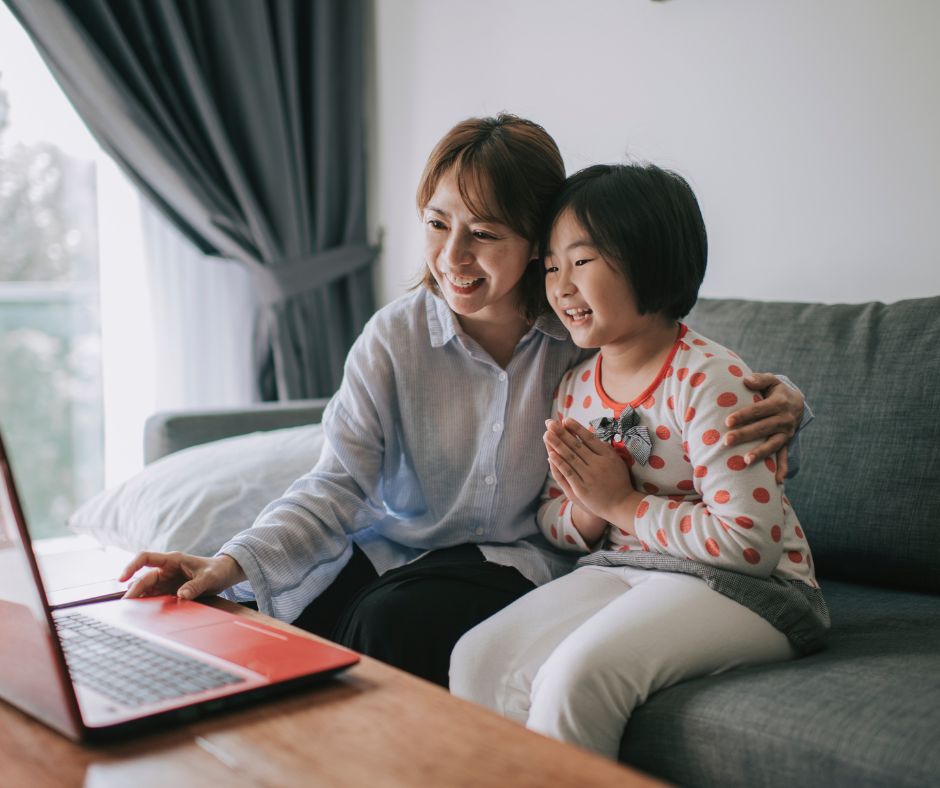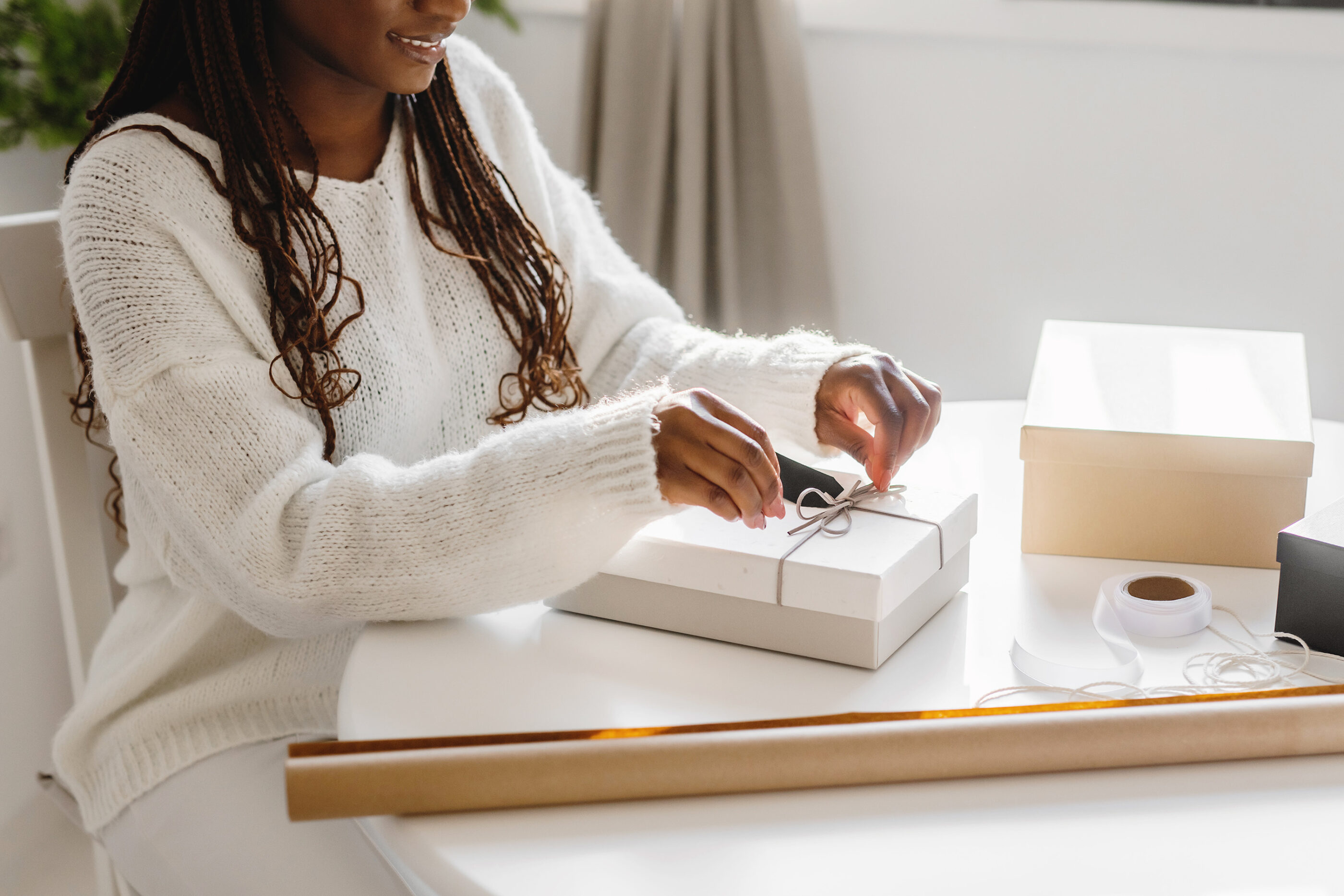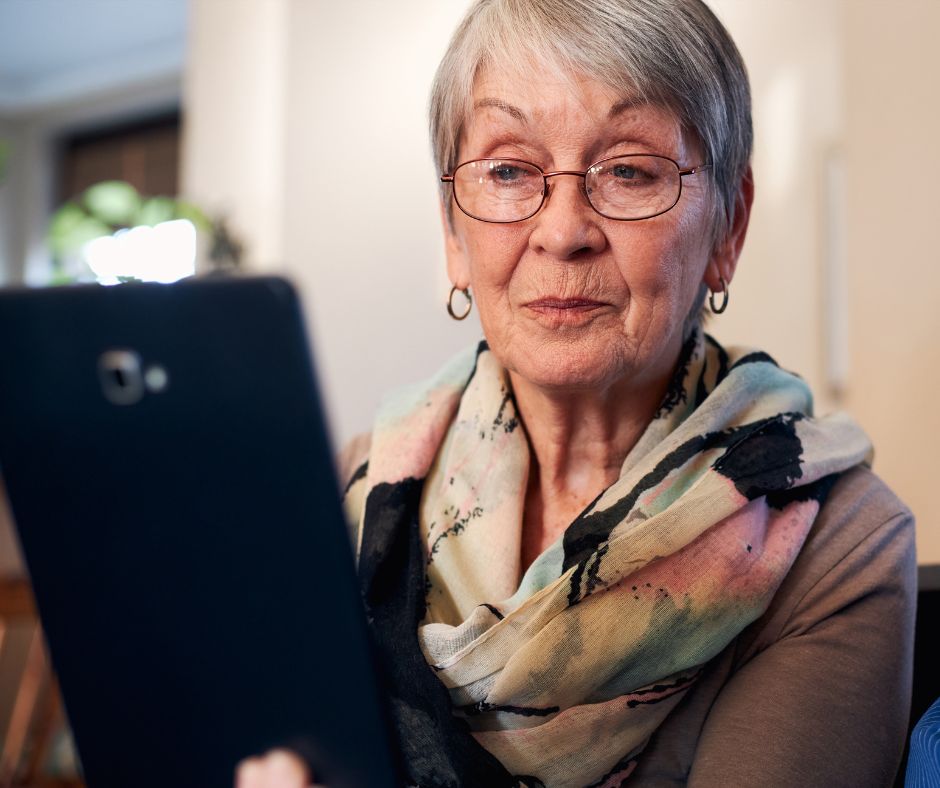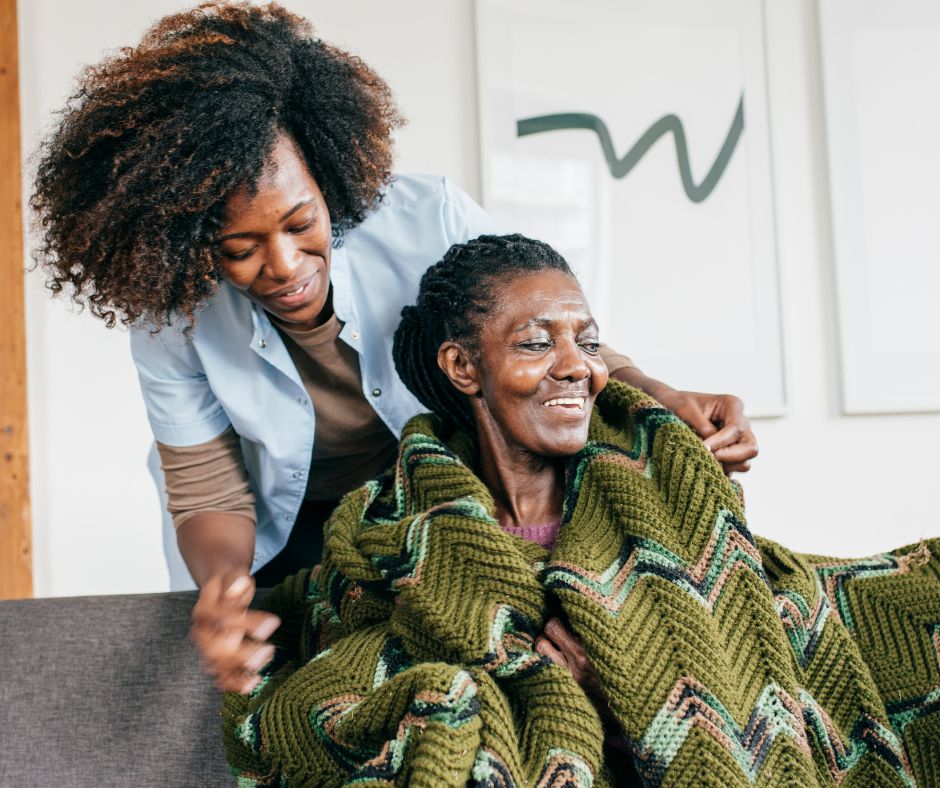According to the U.S. Department of Labor, over 15 million Americans provide unpaid care for elderly relatives, yet many aren’t aware of their rights under the Family and Medical Leave Act (FMLA). For family caregivers juggling work and caregiving responsibilities, FMLA provides crucial job protection and benefits.
This comprehensive guide will walk you through everything you need to know about FMLA as a family caregiver.
Contents
FMLA Basics

FMLA and its specific provisions for family caregivers
FMLA is a federal law that allows eligible employees to take unpaid, job-protected leave for specific family and medical reasons. For caregivers, FMLA provides the opportunity to take time off work to care for a family member with a serious health condition without risking job loss.
The 12-week unpaid leave benefit
Under FMLA, eligible employees can take up to 12 work weeks of unpaid leave during a 12-month period. This leave can be used all at once or intermittently, depending on your caregiving needs and your employer’s policies.
Covered family members under FMLA regulations
FMLA only allows you to take leave to care for specific relatives:
- Your spouse
- Your children (under 18 or adult children unable to care for themselves due to a disability)
- Your parents
Be sure to review the definitions for each relative according to your state, and note that FMLA does not cover care for in-laws, grandparents, or siblings unless you are their legal guardian.
Different leave options
FMLA offers flexibility in how you take your leave:
- Continuous leave: Taking all 12 weeks at once
- Intermittent leave: Taking leave in separate blocks of time for a single qualifying reason
- Reduced schedule: Temporarily reducing your work hours
For example, if you’re caring for a parent with cancer, you might take intermittent leave for their chemotherapy appointments instead of taking all 12 weeks at once.
Determining Your FMLA Eligibility

Eligibility requirements for employees
To be eligible for FMLA, you must meet the following criteria:
- Worked for your employer for at least 12 months
- Logged at least 1,250 hours of work in the past 12 months
- Work at a location where your employer has at least 50 employees within 75 miles
Employer coverage criteria
FMLA applies to:
- Private-sector employers with 50 or more employees
- Public agencies, including local, state, and federal employers
- Public and private elementary and secondary schools
Qualifying medical conditions for family members
FMLA covers care for a family member with a “serious health condition.” This includes:
- Conditions requiring an overnight stay in a hospital or other medical care facility
- Chronic conditions that require treatment at least twice a year
- Pregnancy (including prenatal medical appointments, incapacity due to morning sickness, and medically required bed rest)
- Treatment for substance abuse by a health care provider or on referral by a health care provider
State-specific FMLA variations and additional protections
While FMLA is a federal law, some states have their own family leave laws that may provide additional benefits. For example:
- California offers up to 8 weeks of paid family leave
- New Jersey provides up to 12 weeks of paid family leave
- Rhode Island allows for up to 5 weeks of paid family leave
Always check your state’s specific laws, which may offer more comprehensive coverage than federal FMLA.
Requesting FMLA Leave

Required documentation and medical certifications
To request FMLA leave, you’ll need to provide:
- Notice of your intent to take FMLA leave
- Medical certification from a healthcare provider
You can get FMLA forms from the Department of Labor or your employer’s HR department. Some companies require both.
The medical certification should include:
- Contact information for the healthcare provider
- The date the serious health condition began
- The probable duration of the condition
- Relevant medical facts about the condition
- A statement that you are needed to care for the family member
Proper notification procedures and timelines

- Provide 30 days’ notice for foreseeable leave (such as planned surgeries)
- For unforeseeable leave, notify your employer as soon as practicable (usually within 1 to 2 business days)
- Follow your employer’s usual procedures for calling in absences, unless you’re unable to do so due to the circumstances
How to communicate with HR departments
When approaching your HR department:
- Schedule a meeting to discuss your need for FMLA leave
- Bring any relevant documentation to support your request
- Ask about your company’s specific FMLA policies and procedures
- Discuss how your work responsibilities will be handled during your absence
Keep accurate records
Having complete documentation is important to protect yourself. Be sure to keep detailed records of:
- All communications with your employer regarding FMLA
- Copies of all forms and medical certifications submitted
- Dates and times of FMLA leave taken
- Any related medical appointments or treatments
These records can be crucial if any disputes arise regarding your FMLA leave.
Managing Your Rights and Responsibilities

Job protection guarantees during leave
Under FMLA, your employer must:
- Restore you to your original job or an equivalent position with equivalent pay, benefits, and other terms of employment
- Continue your group health insurance coverage under the same terms and conditions
Maintain health benefits while on leave
During FMLA leave:
- Your employer must maintain your health coverage
- You must continue to pay your portion of the premium if you normally do so
- If you don’t return to work after FMLA leave, your employer may require you to reimburse them for their share of health insurance premiums paid during your leave
Return-to-work rights and procedures
When you’re ready to return to work from FMLA leave:
- Provide reasonable notice to your employer of your intent to return
- Be prepared to provide a fitness-for-duty certification if required by your employer
- Understand that you’re entitled to return to the same or an equivalent position, but not necessarily the exact position you held before
Workplace discrimination or retaliation
It’s important to understand your rights as an employee.
It’s illegal for your employer to:
- Interfere with your FMLA rights
- Discriminate or retaliate against you for using FMLA leave
If you believe your FMLA rights have been violated:
- Document the incidents in detail
- Report the issue to your HR department or supervisor
- File a complaint with the U.S. Department of Labor’s Wage and Hour Division
- Consider consulting with an employment lawyer
Practical Tips for Working Caregivers
You can choose to be a part-time caregiver and employee. Here are some considerations.

Balance your work and caregiving duties
To maintain a healthy work-life balance:
- Communicate openly with your employer about your caregiving responsibilities
- Consider flexible work arrangements (such as remote work, flexible hours)
- Use technology to stay connected and manage caregiving tasks remotely
- Set boundaries to protect your personal time and prevent burnout
Create a caregiving schedule with FMLA leave

When planning your FMLA leave, it’s helpful to draw out a schedule and routine for your time.
Be sure to:
- Assess your loved one’s care needs and your work responsibilities
- Consider using intermittent leave to spread out your 12 weeks over a longer period
- Create a calendar that outlines your work schedule and caregiving duties
- Be prepared to adjust your schedule as care needs change
Coordinate with other family members

To share caregiving responsibilities:
- Hold a family meeting to discuss care needs and divide tasks
- Create a shared calendar to coordinate appointments and care shifts
- Use caregiving apps to manage medications, share updates, and track expenses
- Consider professional respite care services to give family caregivers a break
Financial planning during unpaid leave

To manage finances during FMLA leave:
- Create a budget that accounts for reduced income during unpaid leave
- Explore options for short-term disability insurance or paid family leave if available in your state
- Look into employee assistance programs that may offer financial counseling
- Consider setting up a flexible spending account (FSA) for dependent care expenses
Taking advantage of FMLA benefits can make a significant difference in your ability to care for family members while protecting your career. By knowing your rights and following proper procedures, you can confidently use this federal protection to support your caregiving journey. Remember to maintain open communication with your employer and keep detailed records throughout the process. For specific guidance about your situation, consult with your HR department or an employment law professional.
References
Employee’s Guide to the Family and Medical Leave Act. (2023). U.S. Department of Labor. Retrieved from https://www.dol.gov/agencies/whd/fmla/employee-guide
Fact Sheet #28: The Family and Medical Leave Act. (2023). U.S. Department of Labor. Retrieved from https://www.dol.gov/agencies/whd/fact-sheets/28-fmla
Family and Medical Leave Act. (2023). U.S. Department of Labor. Retrieved from https://www.dol.gov/agencies/whd/fmla
FMLA and Family Caregiving: What You Need To Know. (n.d.). Right at Home In Home Care & Assistance. Retrieved from https://www.rightathome.net/blog/fmla-and-family-caregiving
How Do You Sign Up for FMLA? A Step-by-Step Guide. (2024). Upcounsel. Retrieved from https://www.upcounsel.com/how-to-apply-for-fmla
Painter, K. (2024). How Caregivers Can Use FMLA to Care for a Family Member. AARP. Retrieved from https://www.aarp.org/caregiving/financial-legal/info-2019/workers-family-medical-leave-act.html
Simple Definition of Family Medical Leave Act. (2024). ScoliNATION. Retrieved from https://scolination.com/blogs/home-care/simple-definition-of-family-medical-leave-act
State Family and Medical Leave Laws. (2024). National Conference of State Legislatures. Retrieved from https://www.ncsl.org/labor-and-employment/state-family-and-medical-leave-laws



























































































